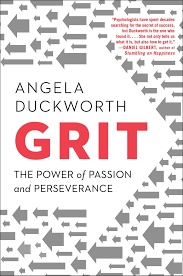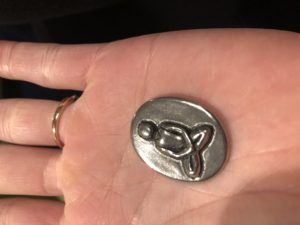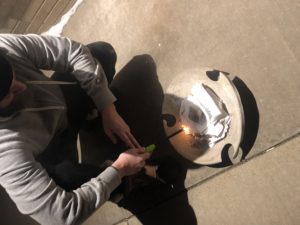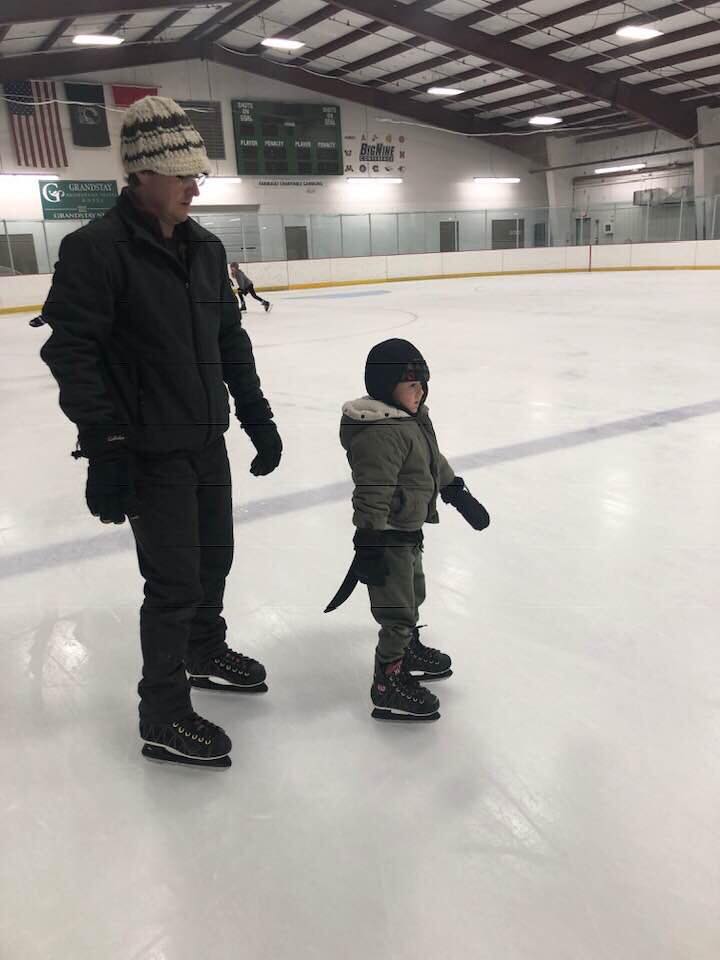Angela Duckworth has discovered four paragons of grit that have been developed from many interviews with men and women who epitomize the qualities of passion and perseverance. The four psychological assets she mentions are not “either you have it or you don’t” commodities. They can all be learned, discovered, developed, and deepened. If you would like to learn how to develop these four essential components for grit, continue reading.

- Interest: In order to become passionate about something, we first must develop an interest in it. This interest must come within. We need to be intrinsically motivated and really enjoy it. You must be able to work through the few things you don’t enjoy to fully embrace and love what you do. For example: if soccer is your interest, you may completely enjoy playing in the game, but may not be a fan of the conditioning workouts. However, your love to play trumps your dislike for the workout so you push yourself through the workouts because you understand that it will help boost your performance in the game that you enjoy so much.
- Practice: Once you’ve developed an interest you must have the capacity to practice. Maybe you have the philosophy of, “getting 1% better each day,” that you live by. Once the interest and passion have been formed, you must be dedicated to engaging in deliberate, focused, full-hearted, and challenge-exceeding-skill practice. This is the only way you will increase your game and skill and move toward mastery. In this phase, you also should be aware of your weaknesses and be committed to enhancing those as well. No matter how excellent you become, you understand that each and every day you must practice and that there’s always room for improvement. For example, once a soccer player develops an interest in the game they commit to practicing each and every single day. They understand their strengths and weaknesses and work hard to improve their weak spots. If they are a strong right foot kicker but struggle with the left, they will continuously practice shooting with their left foot at different angles on the field.
- Purpose: Passion is strengthened once you fully believe that your work matters. The book, Grit states, “For most people, interest without purpose is nearly impossible to sustain for a lifetime.” Find your purpose, sustain your passion. In order to do this, you must perceive your work as both personally interesting and meaningful to the well-being of others. For example, the same soccer player finds their purpose once they realize how they can add value to their team. They no longer play for themselves on the field, but they play for their coaches, teammates, and fans. They understand that the whole is greater than the sum of their parts and their success on the team becomes even more important.
- Hope: The book defines hope as, “A rising-to-the-occasion kind of perseverance.” However, even though hope is placed last, it is not the final stage of growing grit. Hope actually defines every stage. From the very beginning, we must believe that we can overcome obstacles, bounce back from setbacks, and face challenges. We must continuously believe that we can keep going, even when we start to have doubts. There will be setbacks, failures, and obstacles along the way. Will you be able to keep going?
“At various points, in big ways and small, we get knocked down. If we stay down, grit loses. If we get up, grit prevails.” – GRIT, p. 92.
Whether you’ve already established grit on your own or feel as though you have a long ways to go, remember you can continue to grow grit. It takes time, patience, and continuous effort. Believe in yourself and keep having hope. Find your interest, engage in deliberate practice, and develop your purpose within it.





